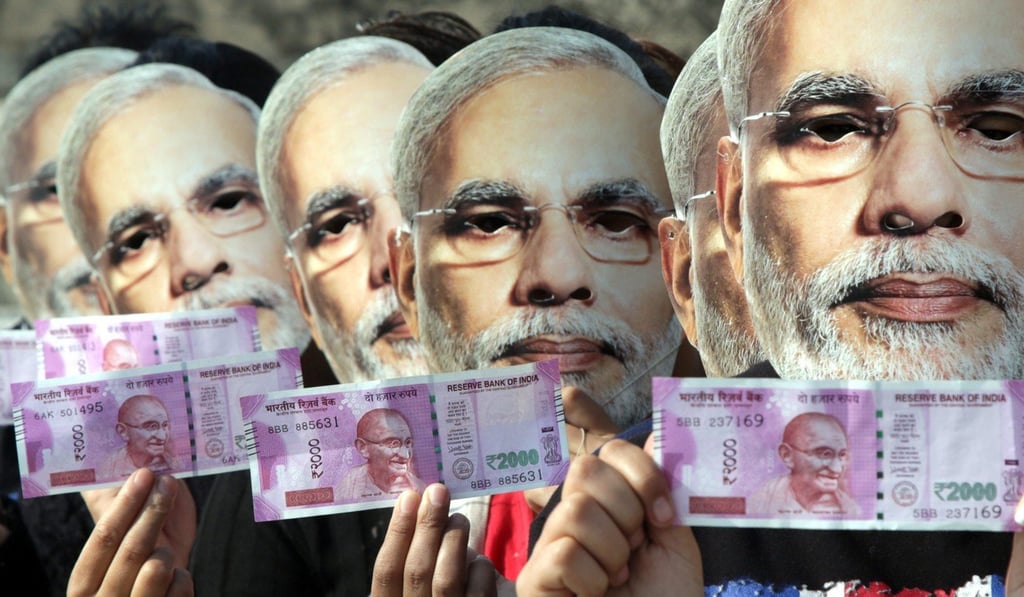So Indian currency ban led by Modi was a costly but pointless exercise?

‘Reverse Bank of India’: How notes ban turned a revered institution into a joke
It would appear there was no “black money”, that is, unaccounted wealth, in the country – or it had been exchanged for the new currency through some machinations. And the Reserve Bank said the cost of currency printing doubled in the 2017 financial year on account of the new notes.
Ordinary people endured immense hardship for almost four months, standing in serpentine queues waiting to get legal tender for their own money. Farmers and small-scale businessmen were the worst sufferers, since many of their businesses ground to a halt. About 100 people died, according to media reports, some while waiting to exchange their savings for the new notes.

Black money booming a year after Modi’s cash crackdown
The demonetisation two years ago, therefore, was not necessary, the policy was not clearly thought out and the citizens’ woes were not addressed. Governments should be more circumspect about introducing such policies, which inconvenience citizens and can cripple the economy.
